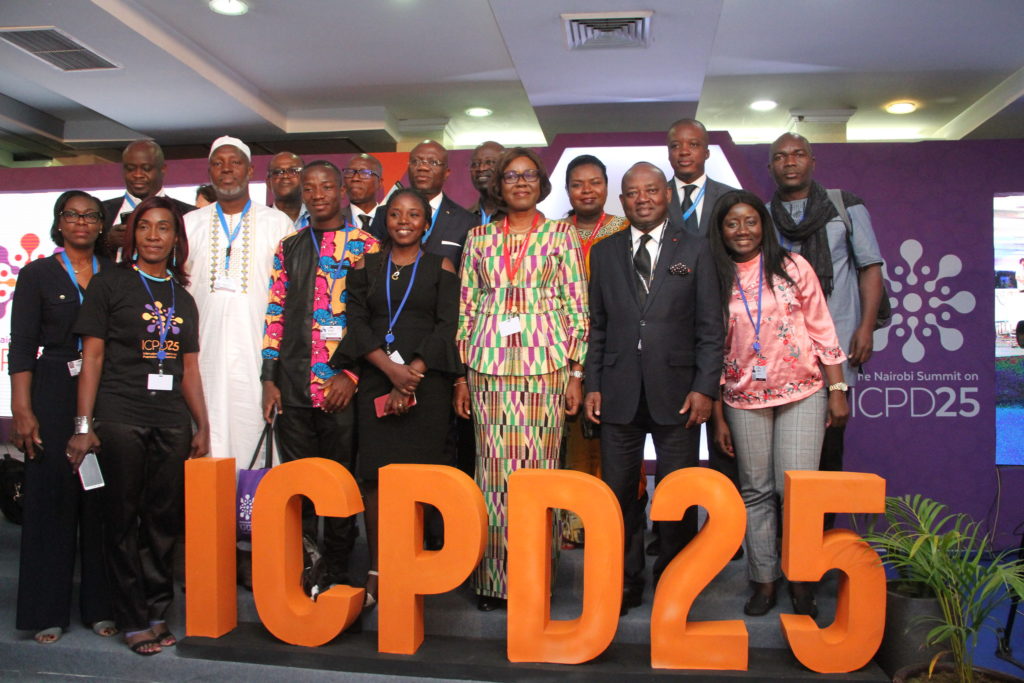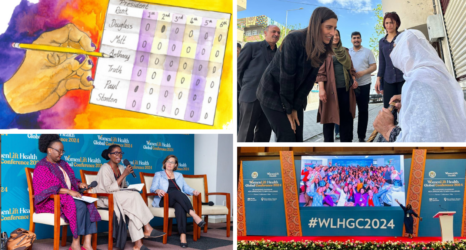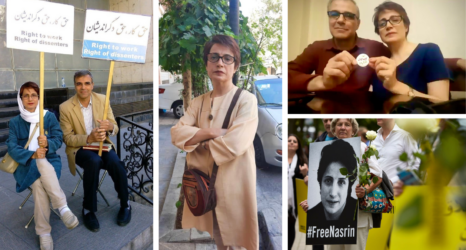End poverty. End patriarchy. Could it be that these two goals are more intimately linked than ever before? Last week marked a rubber-hits-the-road moment for those who are interested in doing both.
Government leaders, politicians and civil society activists gathered from November 12 to 14 in Nairobi, Kenya for a United Nations Summit on population and development. I joined those delegates to follow up on commitments made 25 years ago at the original International Conference on Population and Development (ICPD)—and to continue to advocate for grassroots women’s voices to be not only present but fully heeded in these global conversations, processes and policies that will help determine our futures.

25 years ago, this conference helped usher in a paradigm shift: Feminist advocates came together and demanded that governments set gender equality as a cornerstone of international development. They knew that advancing comprehensive sexual and reproductive health and rights, including abortion access, would save lives. They rightly saw access as a foundation for healthy women, families and societies.
We’ve come far since 1994—but not nearly far enough. Over the last two decades, global maternal mortality has fallen, and there has been a 25 percent increase in ability to access contraception—but, astoundingly, 214 million women around the world still want and don’t have access to contraception.
In some ways, in fact, we are further from consensus on gender equality than we were 25 years ago. Global opposition and backlash to feminist progress—from Trump’s expanded global gag rule, to anti-gender ideology , to national regressive policies—remains stringent and real.
To truly make good on the promise of ICPD, we need to support, fuel and listen to grassroots women and girl-led movements disrupting the status quo, leading the change that we need to see and helping actualize health, rights and justice in their communities, nations and globally.
The stakes could not be higher. These policies are dismantling important, life-saving work.
The reinstatement and expansion of the global gag rule by President Trump in 2017, for example—which prohibits U.S. funding for organizations providing services, referrals and advocacy related to abortion abroad—applies to all 8.8 billion in aid from the U.S., which is the largest donor to global health, shutting people out of all sorts of health-related care.
Rhythm of Life, a Ugandan health nonprofit my organization supports, serves women in red-light districts by setting up clinics to provide HIV and STI testing, maternal health care and contraception to some of the country’s most vulnerable people. “Often, it is the only health care that is accessible to people in such communities,” Harriet Kamashanyu, the organization’s founder and executive director, explained to us. “The global gag rule limits our coverage and general operations. We simply watch many girls and women of Uganda die due to unsafe abortion.”
The tension between the promise of grassroots reproductive justice work, like Rhythm of Life’s, and the deadly effects of government opposition to it, was front and center in Nairobi. But even thousands of miles away in the U.S., gain in reproductive rights were also endangered, by Trump’s domestic gag rule. Current policy determines now whether a mother in Kampala can access contraception, and whether a woman in Birmingham can get the abortion she wants.
These reproductive rights restrictions have the same effect in any geography: they put vulnerable women at risk.
What governments commit to is important. But anything we covered at the UN will ultimately be actualized by feminists’ work on the ground. In tandem with new high-level agreements, we need funding—particularly for the women activists fighting for their rights, daily, in their own communities. Only one percent of gender equality funding gets to the grassroots today, even though these grassroots movements disrupt the status quo, win rights and drive progress.
What governments and civil society commit to, and fund, has the power to save lives and transform generations. Governments and civil society agreed 25 years ago to get to three zeros: zero preventable maternal deaths, zero unmet need for family planning, zero gender-based violence. We agreed that “the full and equal participation of women in civil, cultural, economic, political and social life, at the national, regional and international levels, and the eradication of all forms of discrimination on grounds of sex, are priority objectives of the international community.”
It’s past time to make good on those promises.





